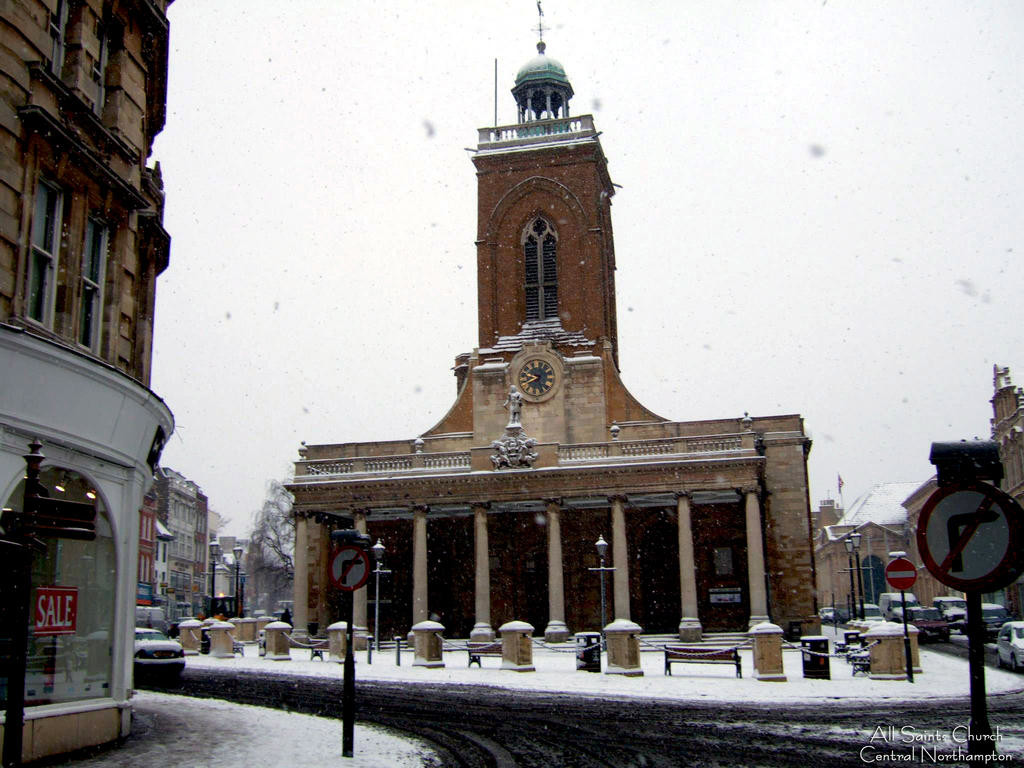The marchers reached Northampton on the Saturday afternoon of October 24th. The spirits were high among the men. On their arrival in Northampton, they were all exhausted from the constant uphill and downhill trek of the last 17 miles. The journey had offered them wonderful views of the Leicestershire and Northamptonshire countryside.
Northampton has held national importance since the Norman Conquest in 1066. It is often referred to as the county of ‘squires and spires. Visiting the renowned Northampton Museum and Art Gallery allows one to delve into the city’s rich past. The town boasts a fine market square and a well-preserved Norman church, the Holy Sepulchre. Additionally, there is the splendid Guildhall, designed by the celebrated architect Edward Godwin.

The town also features numerous attractive parks, gardens, and riverside walks. Over the years, members of the royal family made frequent visits to Northampton, starting from the time of Henry I and extending to the late Princess of Wales, whose family home was located nearby at Althorp. It is important to note that this list is far from exhaustive, as there are many more places to see and things to do in Northampton.
This weekend in Northampton was their third away from home. The controversy was not far from the marchers as with other cities, towns, and villages. A letter from the Bishop of Durham expressing his disapproval of the Jarrow March appeared in The Times.
Is the method of marches to London likely to illumine the intelligence of the Legislature or quicken the conscience of the nation?
Bishop of Durham The Times on the 24th October 1936.
In response, Ellen Wilkinson wasted no time writing a reply it was published a couple of days later in the same newspaper. She explained that all legal methods had been exhausted, within and outside Parliament.